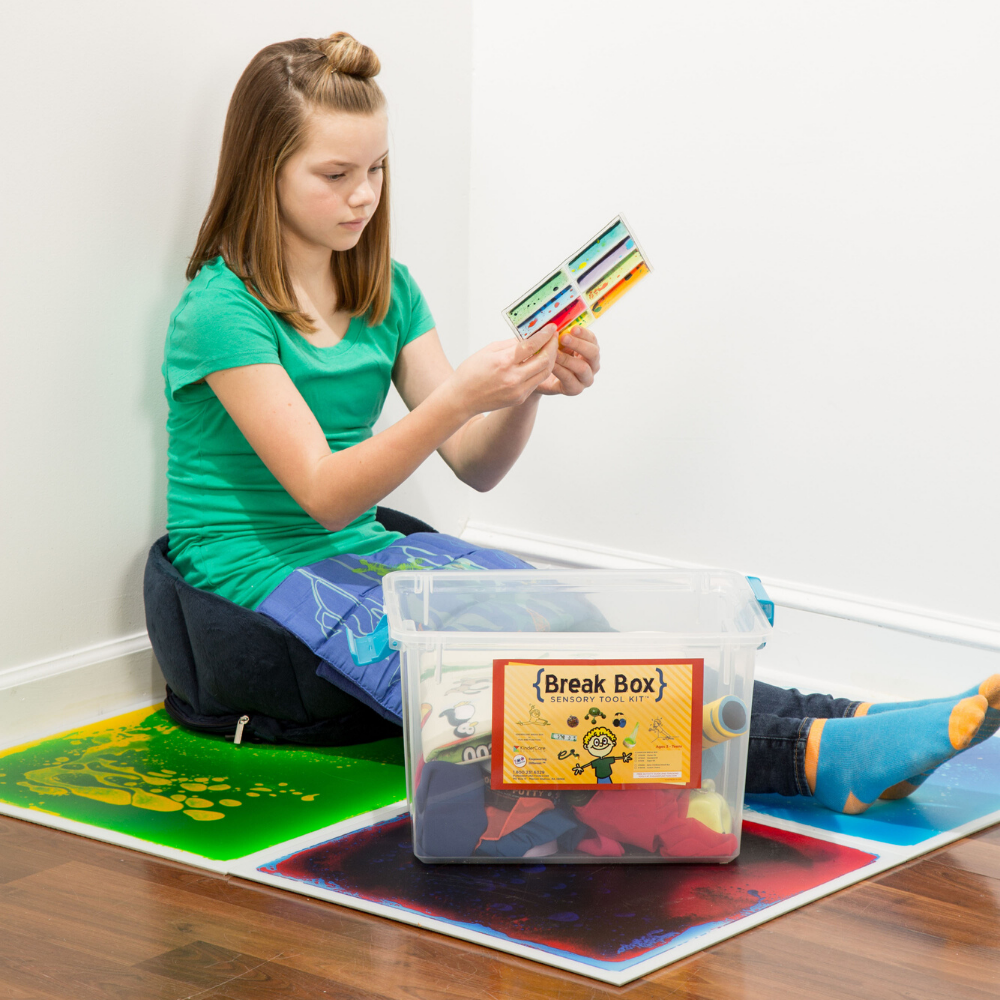I have several wiggle cushions at home. We all love them. We sit on them (on a chair) when doing computer work or homework. We sit on them (on the floor) when hanging out or playing a game. We use them for meditation cushions too. We stand on them when we need some heavy mind-body work and use them for balancing or stepping stones. My kids love pretending they are "crossing a river."
They are great in our house, but I also know many teachers, parents and therapists who sing their praises. Teachers love them for desk work, busy work or test taking, as they are often a terrific replacement for a much needed ball chair, when a ball chair would be too intrusive. A wiggle cushion allows kids to wiggle in place and won't roll away.
Therapists love them as a dynamic surface for working on balance reactions and sensory integration responses. Parents love them as a booster or wiggle seat for dinner or homework time.
So, do they work? It just really depends on your goal being realistic and the conditions. Is it to engage the child? Does the child have a hard time sitting on a traditional chair? Have you explained to the child the purpose of using the cushion as well as when and how to use it properly? Are their feet planted firmly and flat on the floor in front of them? Do you use it in intervals (say 30 minutes at a time alternating it with the regular chair surface) to prevent the user from habituating to it? If you can answer "yes," then a cushion may be a great tool for your kids with ADHD! Just remember, that most great tools need to be used intermittently and with good clear directions and supervision. Cushions are economical, easy to maintain and fun. They can provide a much-needed place to wiggle and learn.
Explore our collection of sensory cushions for flexible seating options.
Need more information? We'd be happy to assist you. Reach out to us in the comments, at customercare@funandfunction.com, or on our social media pages!






















Comments